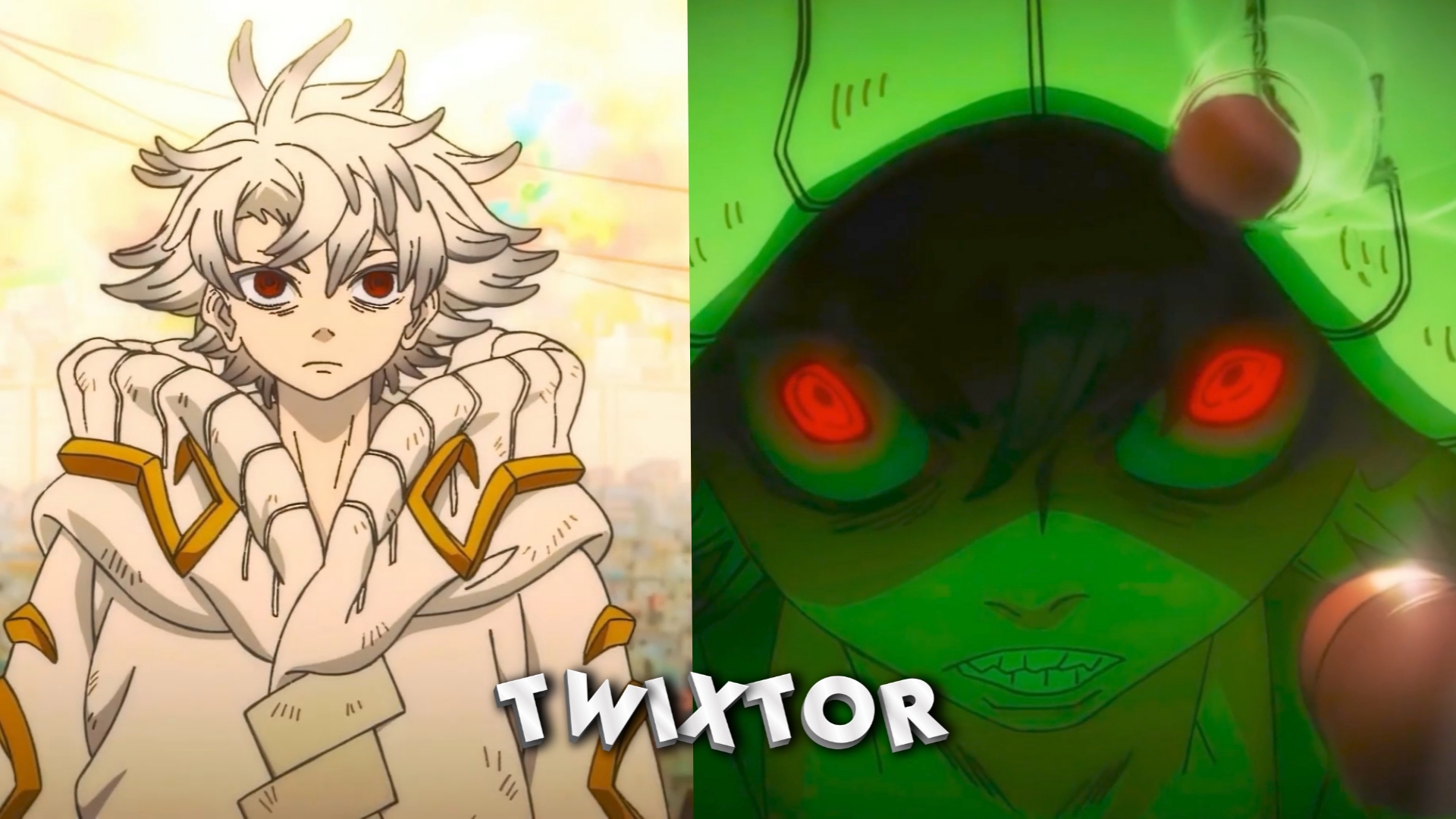♦ANIME WORLD TWIXTOR CLIPS♦
Download Anime Twixtor for Edits : https://www.animeworldtwixtor.com/popular-anime-twixtor/
Download Anime Clips For Edits : https://www.animeworldtwixtor.com/anime-clips-raw/
Subscribe to Youtube Channel For More Clips & Twixtors : https://www.youtube.com/@Animeworld_ss
Text Me on Instagram To Request Twixtor / Clips / Promotion : RDJ EDITS / ANIMEWORLD
Gachiakuta Twixtor
Gachiakuta
Gachiakuta is a Japanese manga series written and illustrated by Kei Urana, serialized in Weekly Shōnen Magazine since February 2022. Known for its gritty, dystopian setting and unconventional art style, the series gained attention not only for its narrative depth but also for the collaboration with Tokyo Ghoul’s creator Sui Ishida, who designed the character outfits. Gachiakuta combines themes of social discrimination, environmental decay, and personal redemption, all within a dark urban fantasy structure that echoes both classic and modern shōnen elements.
Plot Overview Gachiakuta Twixtor Gachiakuta Twixtor Gachiakuta Twixtor Gachiakuta Twixtor Gachiakuta Twixtor Gachiakuta TwixtorGachiakuta Twixtor Gachiakuta Twixtor Gachiakuta Twixtor Gachiakuta Twixtor
The story follows Rudo, a young boy who lives in a city where society is divided sharply between the upper-class “Heaven” and the lower-class slums. In this world, people from the slums are labeled as “tribes,” seen as dirty and inferior. Rudo, an orphan raised by a kind-hearted garbage collector named Regto, is considered trash by society—both figuratively and literally.
Rudo is wrongly accused of murder and thrown into the Abyss, a hellish garbage pit where all discarded things, including humans deemed worthless, are sent. There, he discovers a strange, chaotic world full of monstrous creatures called Jinka, formed from the hatred and emotions imbued in discarded items. Instead of dying, Rudo survives and becomes a Cleaner—a person who fights Jinka and collects energy from trash, known as Gadou. He learns to manipulate discarded objects as weapons, leading to inventive and brutal combat scenes.
As the series progresses, Rudo seeks to uncover the truth about the corrupt system, prove his innocence, and dismantle the social order that dehumanizes people like him.
Themes and Symbolism
Gachiakuta is steeped in metaphor. Trash, in this world, is not just literal waste but also symbolic of societal neglect, injustice, and inequality. The series draws a stark parallel between discarded objects and marginalized people. Rudo, as someone from the slums, is metaphorically “trash” in the eyes of the elite—a prejudice the manga attacks head-on.
The concept of Gadou (energy from trash) suggests that even discarded things have value, mirroring the idea that even the most overlooked or broken individuals possess power and worth. Rudo’s journey is one of reclaiming dignity and challenging social norms, making Gachiakuta as much a character drama as it is a battle manga.
Art Style and Action
One of the manga’s most striking features is its gritty, highly detailed art. Kei Urana’s style emphasizes grime, texture, and emotional intensity. The fight scenes are chaotic and visceral, often using unconventional weaponry made from junk, which adds creativity and unpredictability to each battle.
Sui Ishida’s influence is also felt in the gothic-punk aesthetic, character fashion, and urban decay motifs. The world-building is robust, with intricately drawn environments and strange mechanical-organic hybrid designs for the monsters.
Characters
- Rudo: A passionate and determined protagonist, Rudo is impulsive yet compassionate. His emotional attachment to discarded items reflects his loyalty and empathy. His journey is not just about survival, but justice and identity.
- Regto: Rudo’s adoptive father and a humble garbage collector. Though killed early in the story, his wisdom and values deeply influence Rudo’s moral compass.
- Cleaners: The group Rudo joins after falling into the Abyss. Each member uses unique weaponry crafted from trash, and together they fight against the Jinka while exploring the mysteries of their decaying world.
Reception and Legacy
Gachiakuta quickly gained popularity for its originality, mature storytelling, and brutal visuals. It has been praised for its emotional depth and social commentary, often compared to series like Dorohedoro and Tokyo Ghoul. With a compelling underdog narrative and symbolic world, the manga resonates with readers who appreciate dystopian struggles and dark fantasy themes.
As of 2025, the manga is still ongoing, building toward a deeper exploration of the world’s mechanics and societal power structures. A possible anime adaptation is highly anticipated due to the manga’s visual dynamism and thematic richness.



